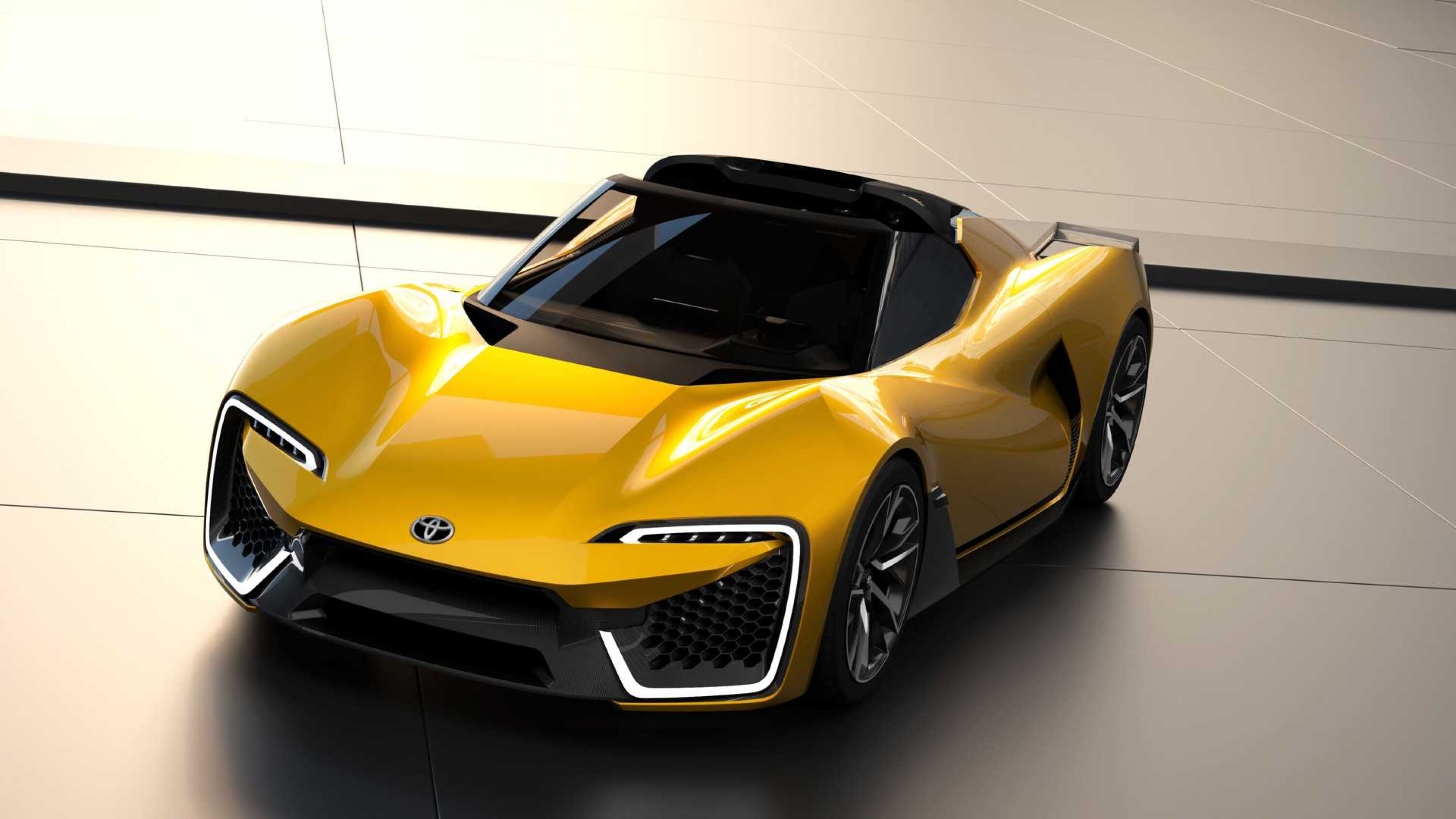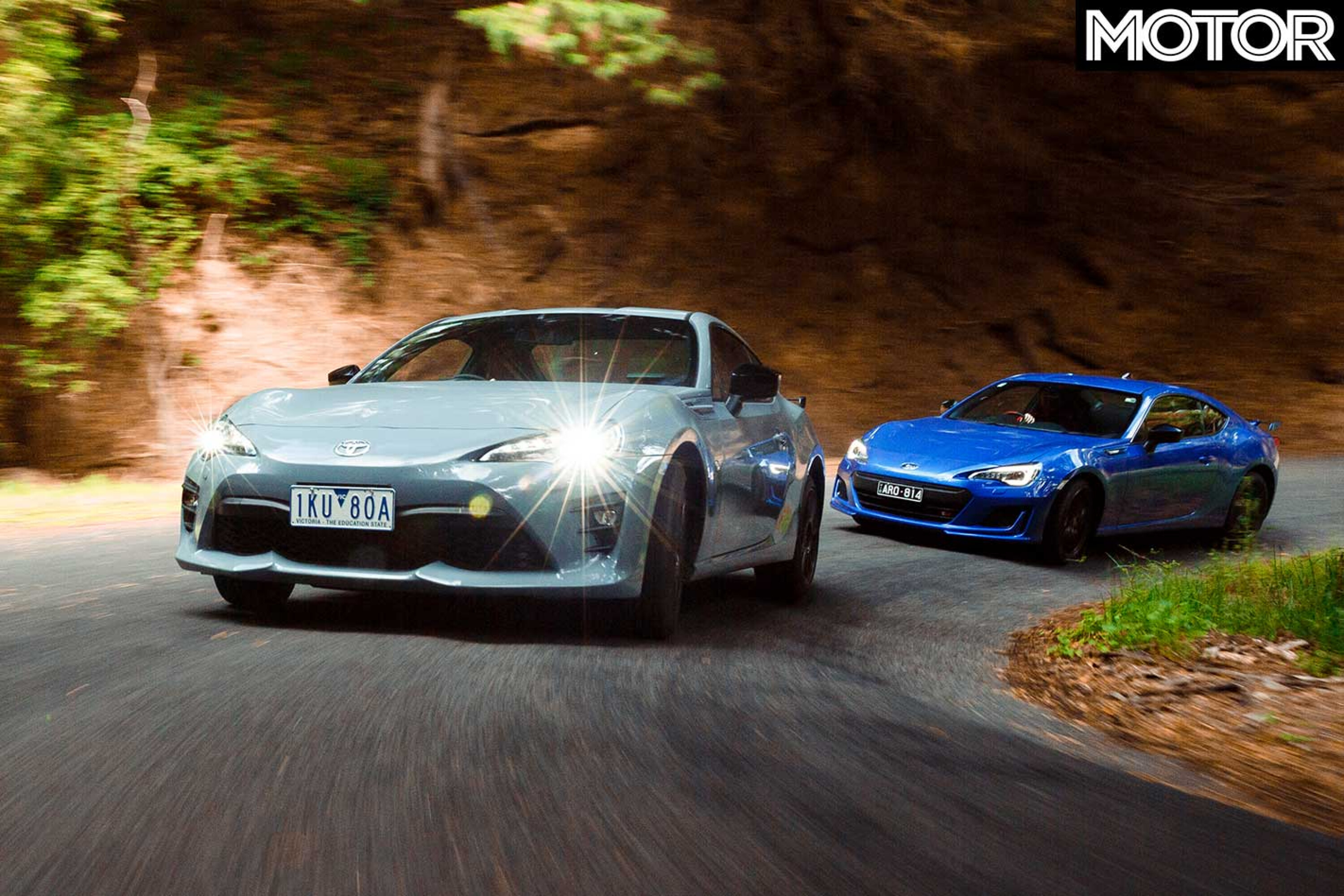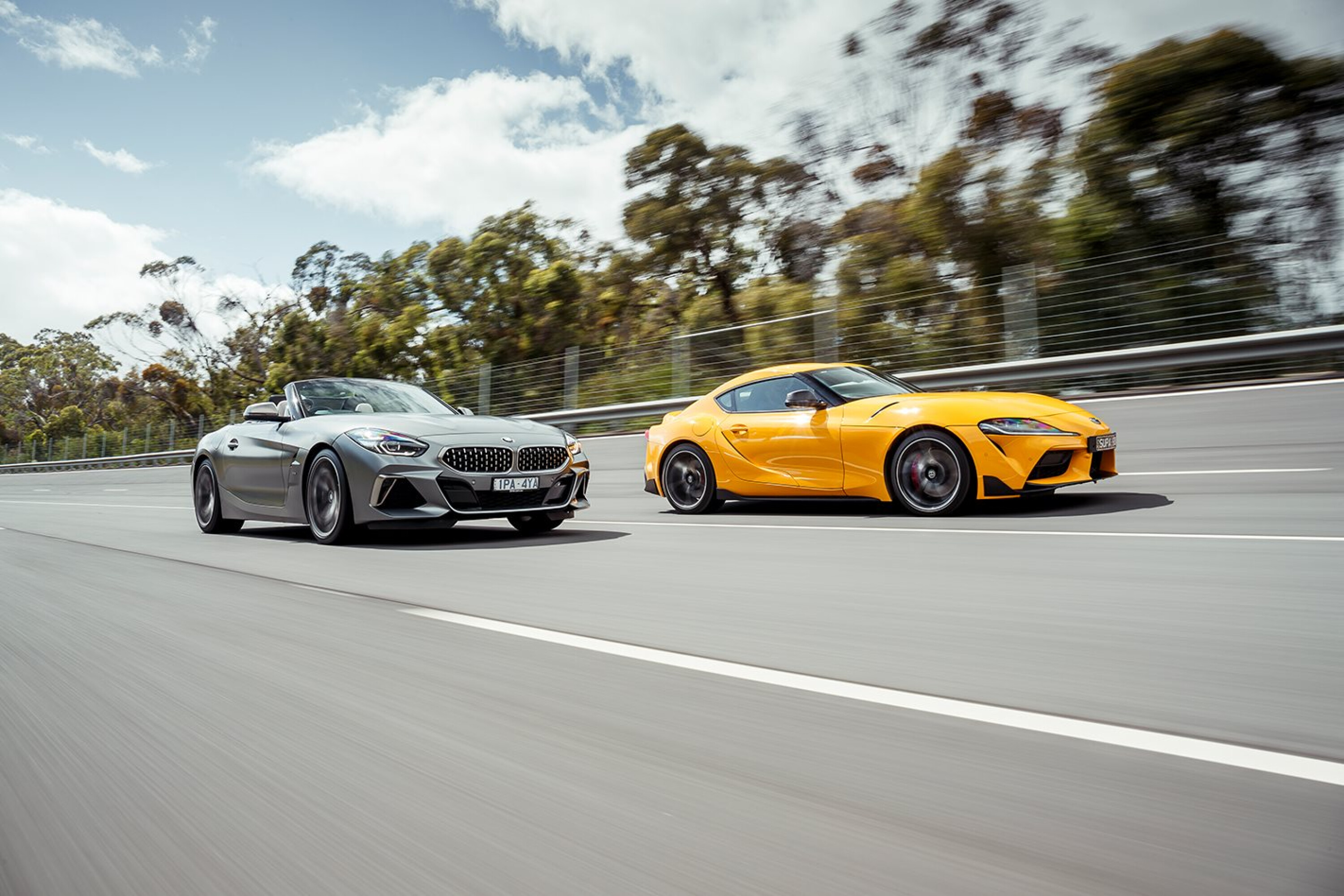Brace yourselves for more joint ventures like the Toyota Supra/BMW Z4 and GR 86/Subaru BRZ, with the head of Toyota’s GR performance brand predicting manufacturers will need to collaborate more if they want to keep making sports cars.
Tomoya Takahashi, the company president of Toyota GR, emphasised the necessity of collaboration in an interview with Wheels during a recent visit to Australia.
“The cooperation with other companies is very difficult,” Takahashi said. “The sports car market is shrinking in the future so we cannot maintain the sports car as one brand.
“Cooperation between brands will increase in the future, but it’s not for one manufacturer to survive, but to protect the car enthusiast. Our mission is to make car guys make smile.”

Takahashi emphasised that to maintain the joy of driving for enthusiasts, collaboration is crucial. “To make car guys smile, we need to collaborate,” he said.
Toyota has been at the forefront of advocating for collaboration in the sports car industry. This commitment was demonstrated through its joint venture with Subaru, resulting in the creation of the acclaimed affordable sports car twins: the Toyota 86 and Subaru BRZ. These vehicles garnered widespread acclaim and also won the Wheels Car of the Year award in 2012.
Further highlighting Toyota’s collaborative efforts, another partnership with BMW led to the development of the fifth-generation Toyota Supra, which shares significant components with the BMW Z4. This collaboration enabled Toyota to revive an iconic nameplate, delivering a high-performance sports car that resonated with enthusiasts worldwide.

While Toyota has been a pioneer in this approach, it is not alone in recognising the benefits of collaboration. Joint venture partnerships have become increasingly prevalent in the automotive industry. Examples include McLaren and BMW, as well as Alpine and Lotus, which recently agreed to team up to develop a sports car. However, not all collaborations come to fruition, as evidenced by the recently abandoned partnership between Alpine and Lotus.

Sharing development costs is a key motivation behind joint ventures. In the competitive automotive landscape, the financial burden of designing and engineering new models can be substantial. By pooling resources and expertise, manufacturers can mitigate these costs and deliver innovative vehicles to market more efficiently.
This strategy is not unique to the sports car segment, of course. Across various automotive sectors, collaboration is becoming a common practice. For instance, Ford and Volkswagen jointly developed the Ranger and Amarok pickups, while the Isuzu D-Max and Mazda BT-50 also share underpinnings.






